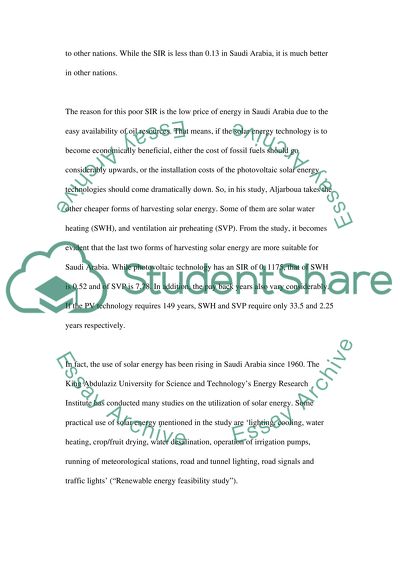Cite this document
(“The Future of the Renewable energy of Saudi Arabia(Jeddah) Dissertation”, n.d.)
Retrieved from https://studentshare.org/family-consumer-science/1426994-the-future-of-the-renewable-energy-of-saudi
Retrieved from https://studentshare.org/family-consumer-science/1426994-the-future-of-the-renewable-energy-of-saudi
(The Future of the Renewable Energy of Saudi Arabia(Jeddah) Dissertation)
https://studentshare.org/family-consumer-science/1426994-the-future-of-the-renewable-energy-of-saudi.
https://studentshare.org/family-consumer-science/1426994-the-future-of-the-renewable-energy-of-saudi.
“The Future of the Renewable Energy of Saudi Arabia(Jeddah) Dissertation”, n.d. https://studentshare.org/family-consumer-science/1426994-the-future-of-the-renewable-energy-of-saudi.


